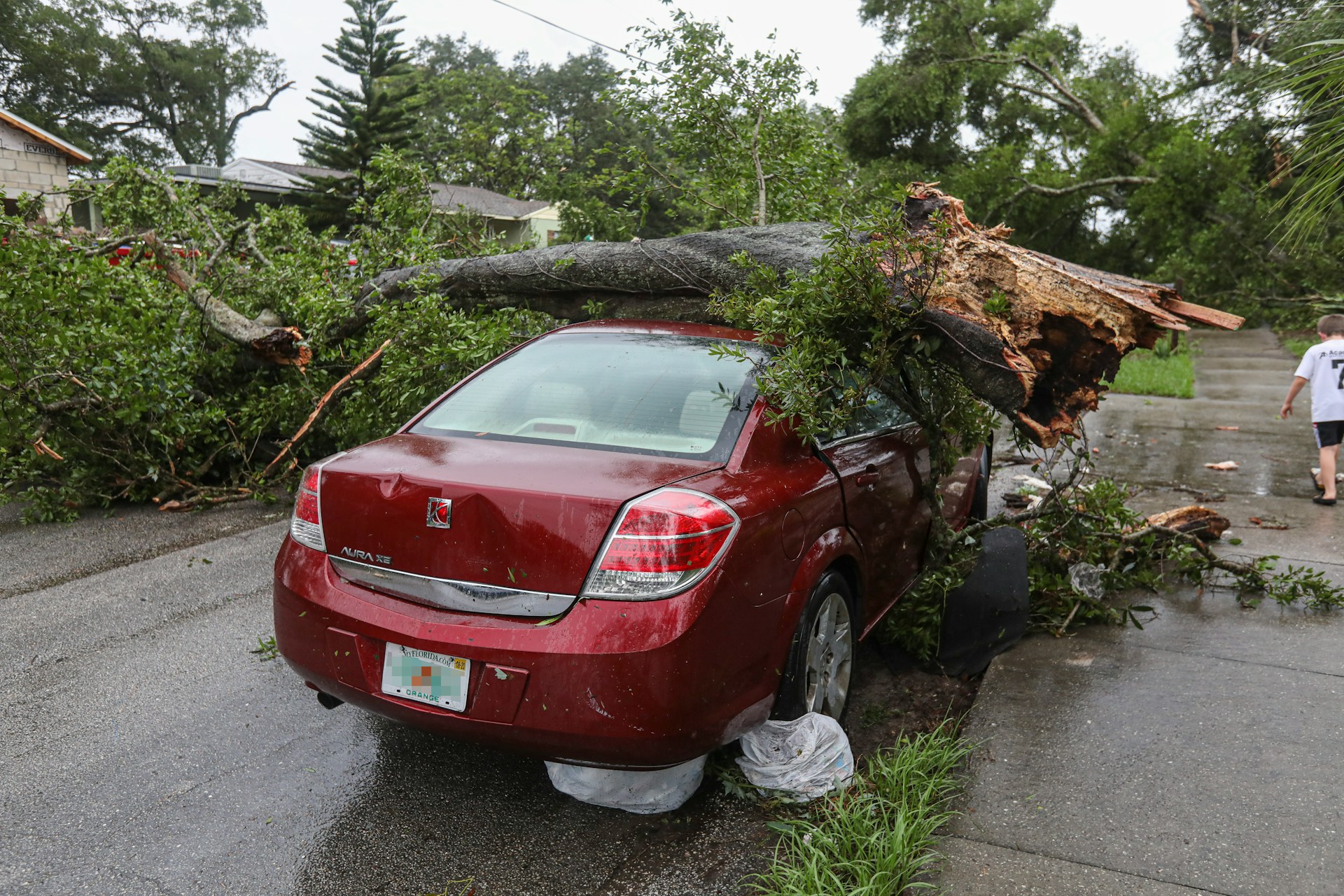Now Reading: The Role of Causation in Personal Injury Law
-
01
The Role of Causation in Personal Injury Law

The Role of Causation in Personal Injury Law
Personal injury law permits individuals who have been injured through the fault of another to seek legal recourse and compensate them for their losses. While this legal framework is in place to assist such individuals, the law requires them to establish certain legal elements before liability can be correctly attributed to the other party. One of the most challenging elements a plaintiff must prove in a personal injury case is causation.
This legal principle refers to the direct connection between the defendant’s actions or omissions and the plaintiff’s injuries. Without proving the existence of a causal relationship, the plaintiff cannot succeed in their personal injury claim.
In this article, we will take a closer look at the role of causation in personal injury law and evidence that can be used to support the existence of this relationship, enabling injured parties to build a strong case.
Why is Causation Important?
Causation is a fundamental element in determining the defendant’s negligence. In a personal injury case, negligence cannot be established and the defendant cannot be held liable without the presence of the following four elements:
-
- Duty of care: the defendant had a legal responsibility to the plaintiff to act with reasonable care.
- Breach of duty: The defendant breached their duty of care.
- Causation: The defendant’s breach of duty caused the plaintiff’s injuries.
- Damages: The plaintiff suffered legally recognizable losses as a result of their injuries.
If you have been injured in an accident due to someone else’s wrongdoing, an experienced personal injury law firm such as Burnett Law can help you establish whether the elements of negligence apply to your case.
Types of Causation
For a plaintiff to successfully establish the element of causation, they must prove two distinct aspects of causation, as outlined below:
Cause in Fact
Cause in fact requires the plaintiff to prove that the defendant’s actions were the actual cause of their injury. This aspect of causation can be determined by applying the ‘but-for test’. For example, the plaintiff may have suffered whiplash in a car accident due to a collision with a defendant who ran a red light.
Here, the plaintiff can demonstrate that their injury would not exist but for the actions of the defendant. While this may be true, it alone is insufficient to establish the necessary element of causation. Proximate cause also needs to be present.
Proximate Cause
Proximate cause examines the chain of events that took place and asks whether the defendant’s actions were sufficiently connected to the plaintiff’s injuries. For this aspect of causation to apply, the injuries sustained by the plaintiff must have been a foreseeable consequence of the defendant’s actions.
In the example above, the plaintiff’s whiplash was a foreseeable consequence of the defendant’s action of running a red light. However, a proximate cause may be more difficult to establish in more complex cases, especially where multiple factors may have contributed to an injury.
In a landmark case, the plaintiff was injured at a train station when scales fell on her head, as a result of an explosion caused by a mishandled package by the railway staff. Here, the court ruled there was no proximate cause between the defendant’s actions and the plaintiff’s injuries, as the harm to the plaintiff was not foreseeable.
Determining whether both elements of causation apply in a personal injury case can be complicated. It is, therefore, advisable to consult with an experienced attorney who can help you establish the legal grounds necessary to prove your case.
Proving Causation
The following evidence can help a plaintiff prove causation when pursuing a personal injury claim:
- Eyewitness testimony: Evidence from any witnesses can help establish whether the defendant’s actions were the actual cause of an accident.
-
- Expert testimony: Testimony from experts such as medical professionals and accident reconstruction experts can help determine the actual cause of an accident and the plaintiff’s injuries and assess the foreseeability of the harm caused by the defendant’s actions. This evidence is especially compelling in complex cases where technical or specialist matters need to be examined to demonstrate a causal link.
- Police reports: These reports not only provide official documentation of an accident but can also provide important information and details regarding the defendant’s actions and the events that caused the accident.
Causation plays a key role in attributing liability to another party in personal injury cases. Ensuring this critical element is met is an essential step in helping plaintiffs secure the compensation they deserve.










